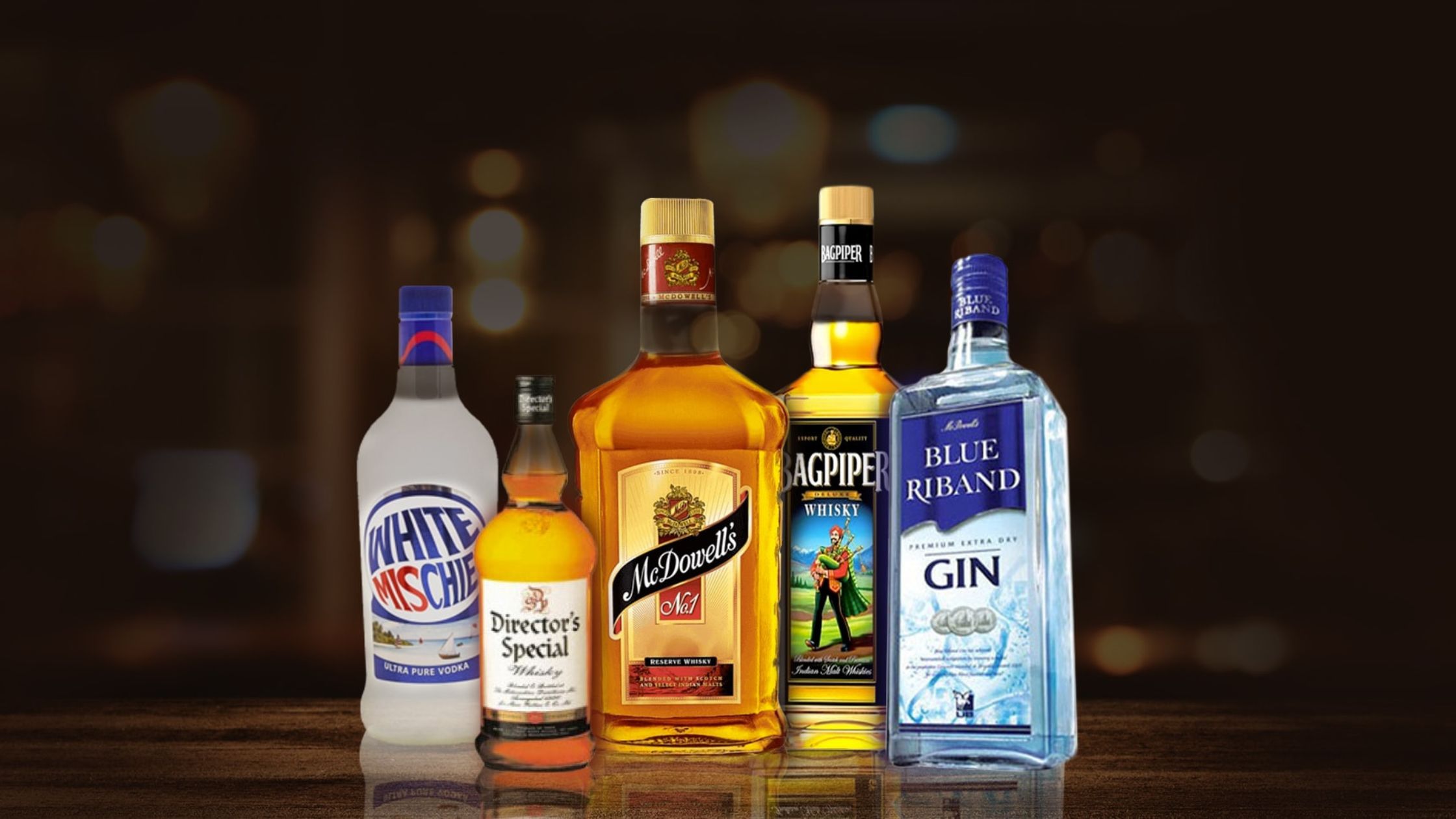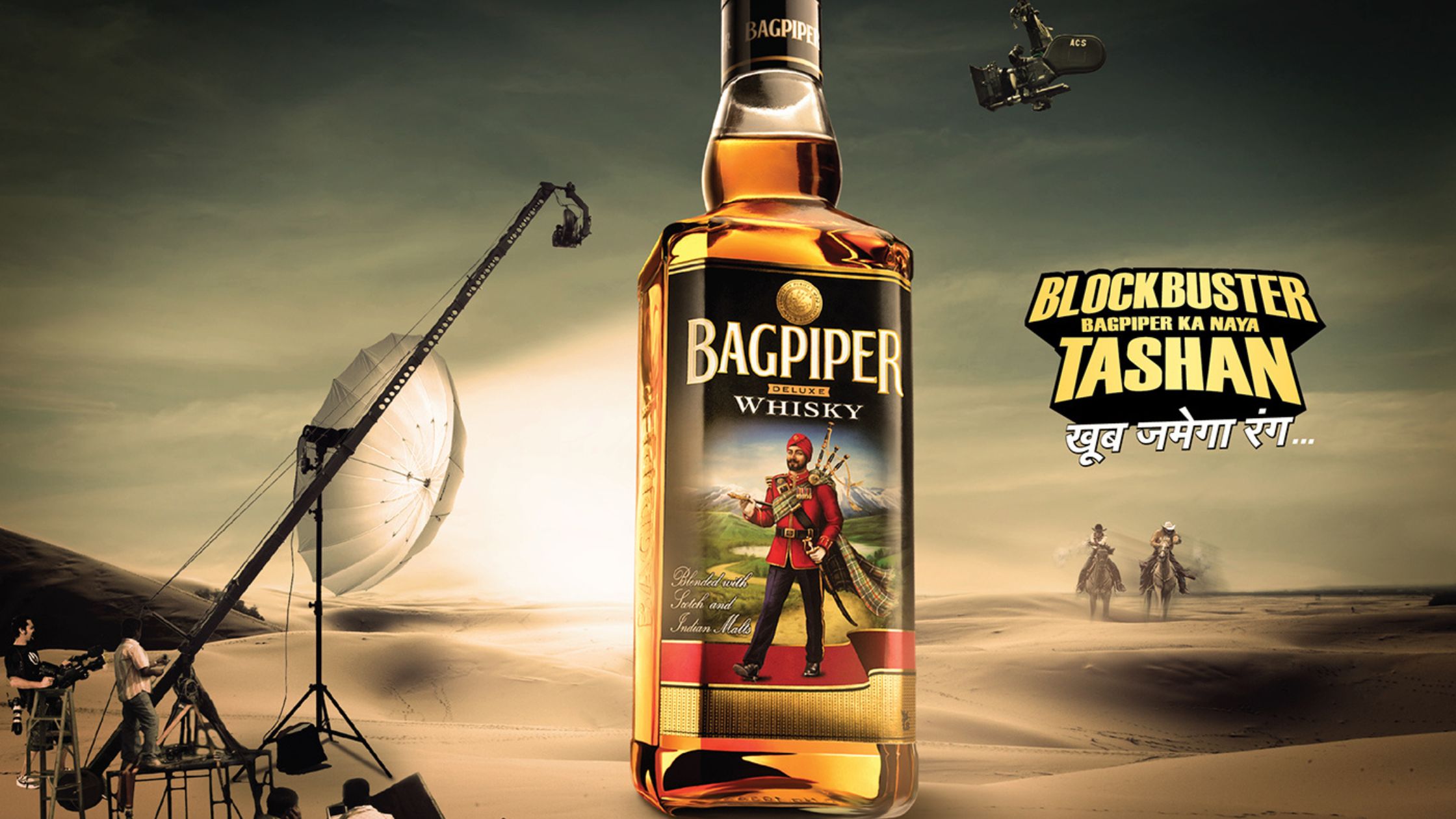How Your Favorite Spirits Are Made: From Ingredients to Glass
Have you ever sat down with your favorite spirit, beer, or wine and considered how it got to your glass? Each alcoholic beverage has its own story that is steeped in tradition, science, and artistry. You can start with humble beer, beer that originated with barley and hops, and end with the exotic agave that is used for tequila and mezcal. Understanding the production of alcoholic beverages just raises your enjoyment for all options and gives you knowledge to help you pass beyond regional drinking customs.
This guide will take you through the production process of 11 popular beverages: beer, wine, brandy, vodka, gin, rum, tequila, mezcal, sake, cognac, and absinthe. Whether you are a casual drinker, an enthusiast recreating cocktails from other cultures and times, or someone who has just begun the journey of a new connoisseur, this will give you enough information to understand the craft within the bottle for each of the aforementioned spirits.
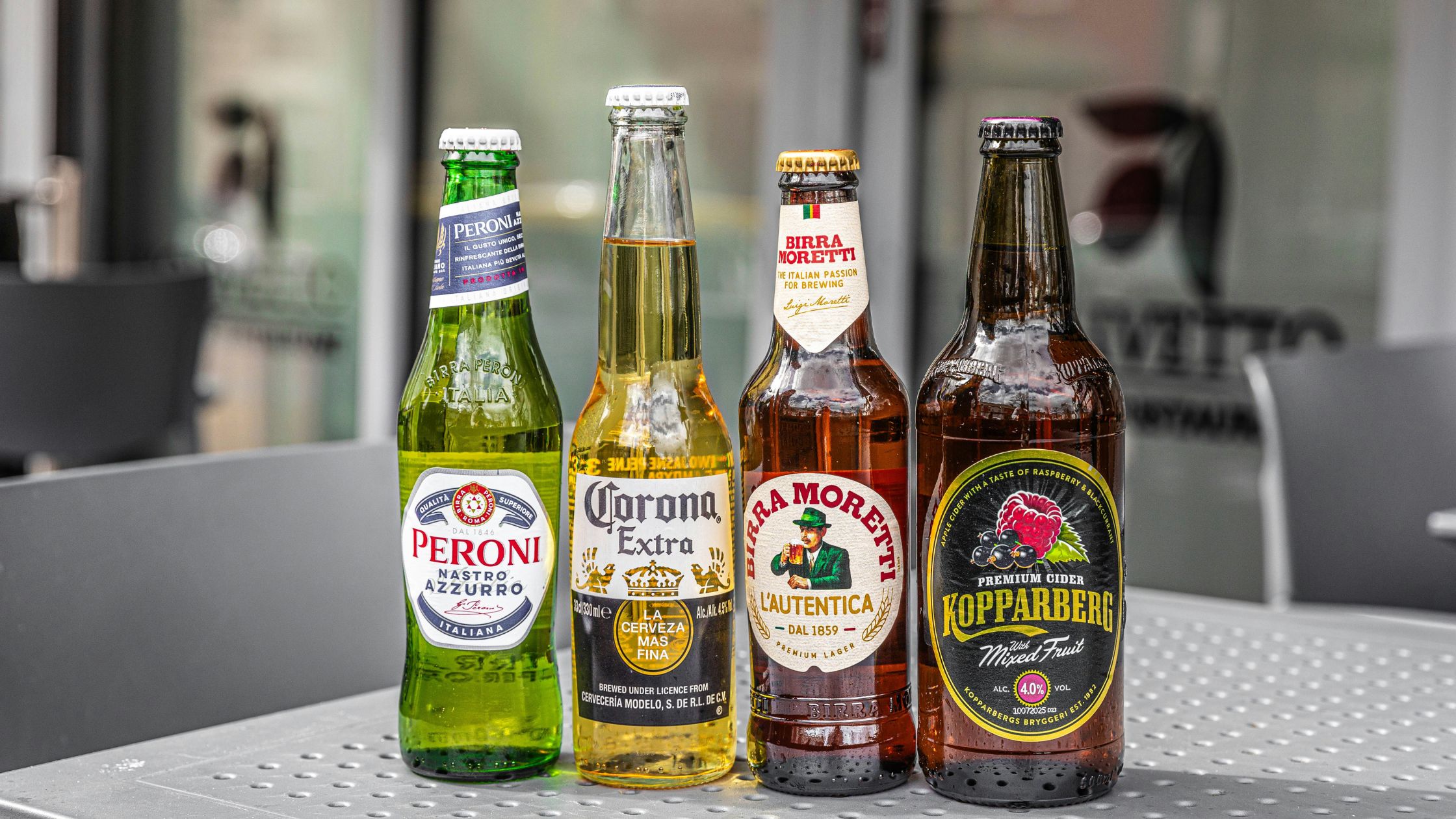
1. Beer: Brewing the World’s Favorite Tipple
Ingredients: Barley, wheat, hops, water, yeast
Certainly, beer ranks as one of the most consumed alcoholic drinks worldwide, although there is a great deal of effort and detail involved in producing beer. Beer starts with the malting process, where barley grains are soaked and germinated. The germination process kicks off enzymes to turn starches into fermentable
Next on the list is the mashing phase, which is doing just that—extracting those sugars and creating the wort, or sweet liquid, that will end up fermenting as beer. Hops are added in the boil to contribute bitterness, aroma, and natural preservatives. After boiling, the mixture is cooled and yeast is added to the wort in fermentation. Yeast is so important in beer, as it turns sugars into alcohol and carbon dioxide.
In the end, the beer will go through bottling and carbonation, giving it that fizzy sensation we all enjoy. There are many types of beer, from the crisp lager to the bold stout. The type of barley, yeast, and hops, not to mention the same steps that make drinking beer enjoyable – makes each beer unique in its own way.
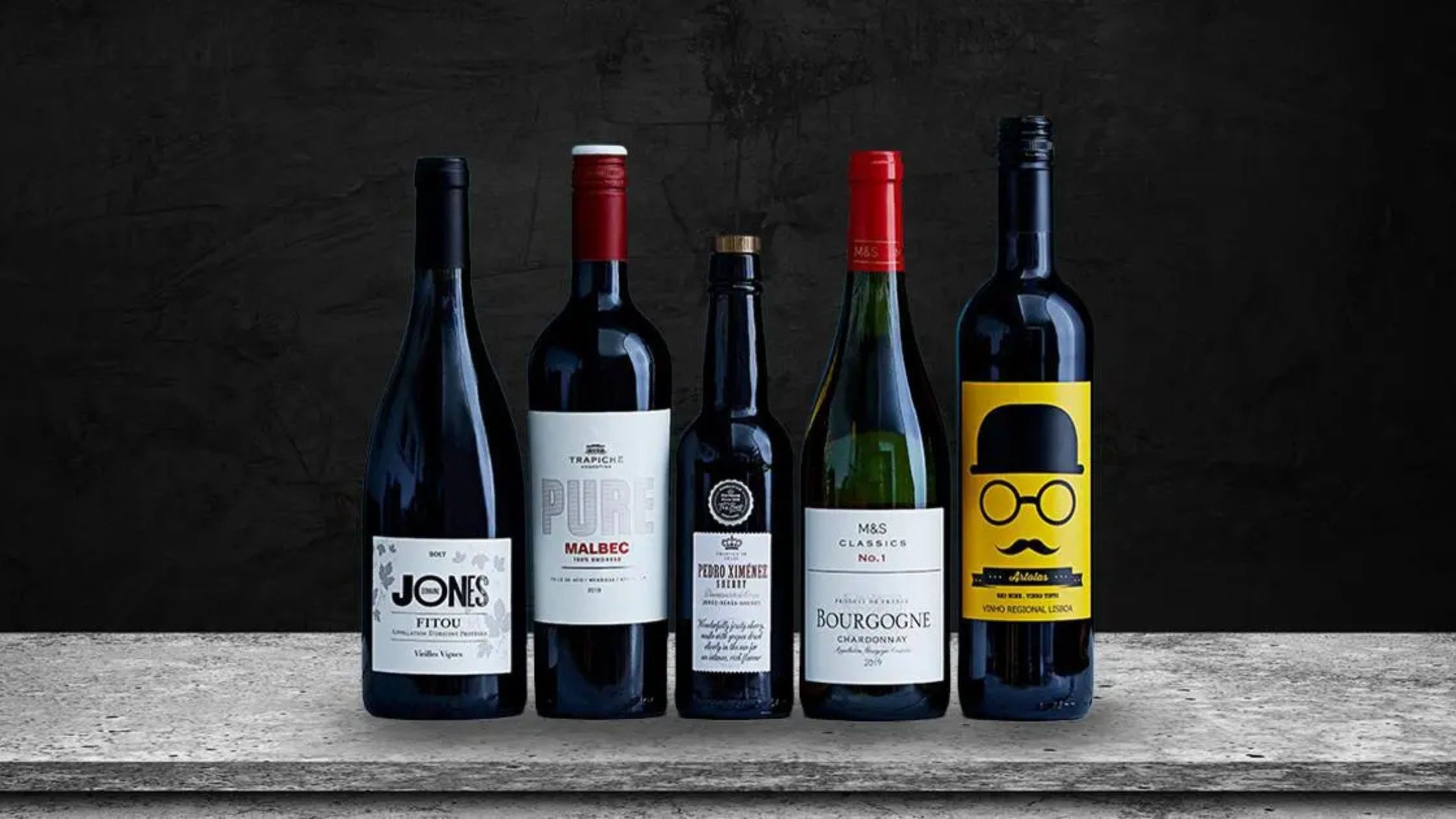
2. Wine: Nature’s Liquid Elegance
Ingredients: Grapes (red, white, or blended varieties)
Wine is a traditional example of nature and craftsmanship working together. The process of making wine begins by crushing and pressing the grapes to extract juice, separating skins and seeds. When fermentation occurs, the natural sugar in the grapes is converted to alcohol through the action of yeast.
The true magic of the wine takes place in the aging process. Wines can age in stainless steel tanks for freshness, or they can age in oak barrels, which can add depth of flavor and intricacies, smart tannins, and aromatics. All wine is ultimately filtered
The taste of wine is heavily influenced by terroir, a combination of soil, climate, and vineyard location. This is why a Pinot Noir from Burgundy tastes different from one grown in California.
Also Read: Alcohol Percentage in Indian Drinks: Beer, Wine, Whisky & More [2025 Guide]
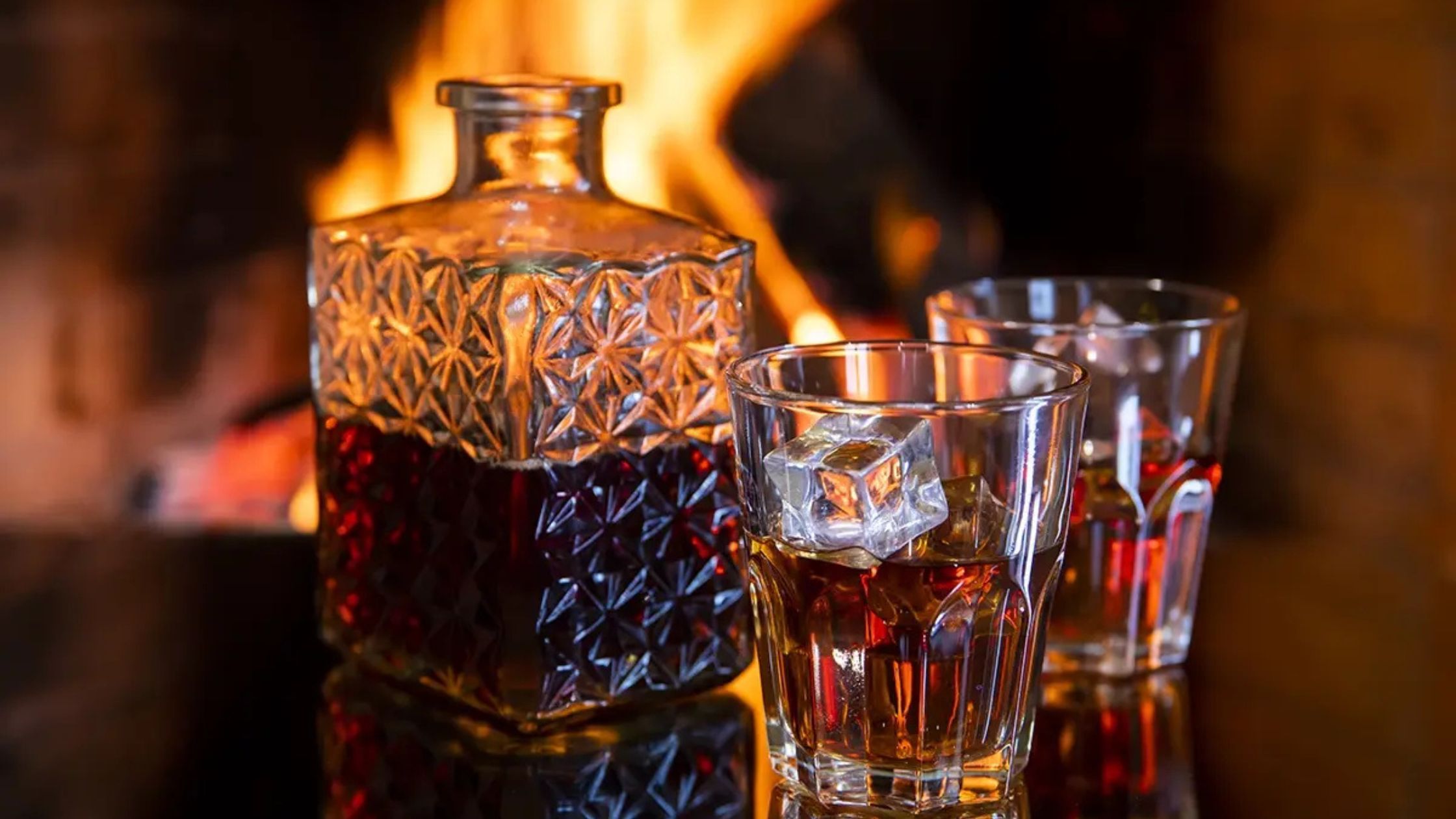
3. Brandy: Distilled Fruit Perfection
Ingredients: Grapes, apples, or other fruits
Brandy is essentially a fruit wine that has been distilled, and its creation depicts the marriage of fermentation and distillation. The journey begins with the fermentation process, in which the sugars from the fruit convert into alcohol.
The next step, distillation, gives concentration to the alcohol and the flavors, resulting in a clear, potent spirit. At last, the brandy rests in a wood barrel (typically made of oak) while undergoing mellowing, which gives a golden color, some vanilla notes, and greater complexity to the spirit.
Different fruits make different brandies, with grape-based Eau-de-vies such as Cognac being smooth and aromatic with hints of fruit and apple or pear brandies having a fresh fruit flavor. Brandy can be consumed straight or in a cocktail, while displaying elegance and history.
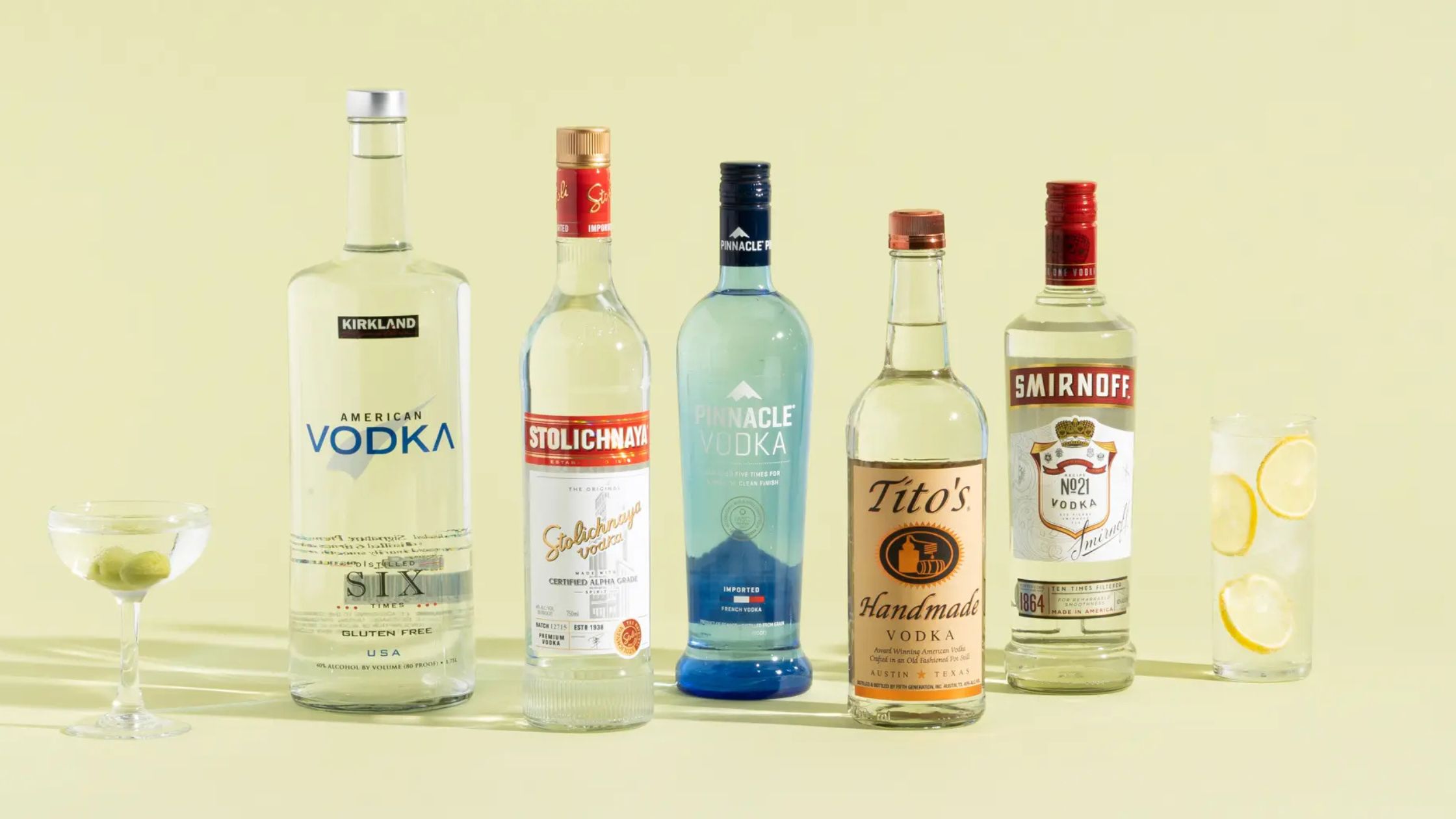
4. Vodka: The Pure Spirit
Ingredients: Grains, potatoes, corn, or other starches
Vodka is known for its smooth, neutral taste, making it great for mixing and sipping. It starts with fermentation, where starches from grains, potatoes, or corn turn into alcohol.
Unlike other spirits, vodka is distilled many times, allowing for the liquid to be purified and separated from impurities. Many producers use some type of filtration, typically charcoal or quartz, to provide a super smooth finish.
The consumer is then left with a neutral, clear spirit that is the basis for almost any cocktail. Different vodka brands from different parts of the world, such as Russian vodka or Polish vodka or Scandinavian vodka, can contribute subtle differences, flavor, and mouthfeel.
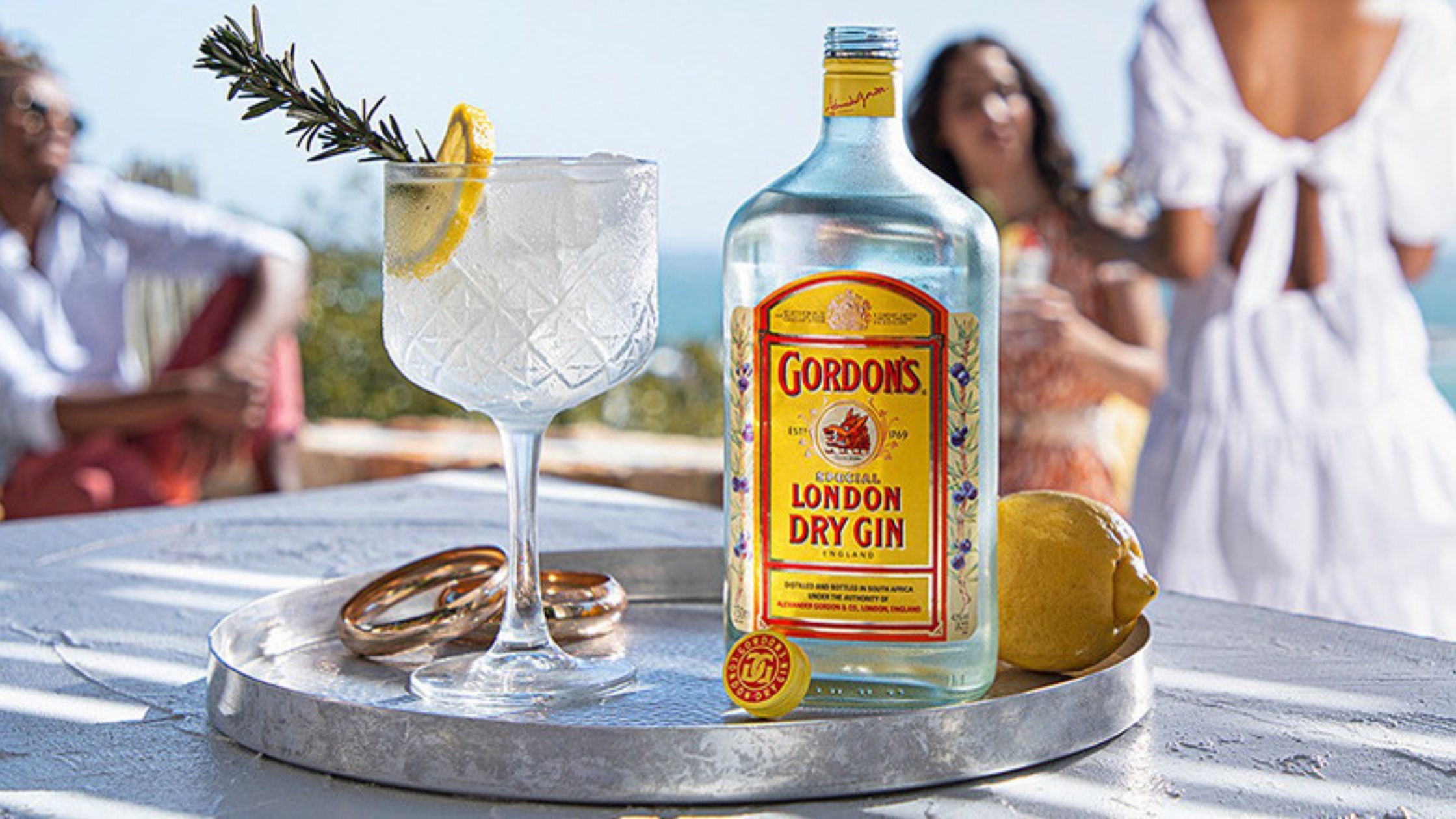
5. Gin: Botanicals in a Bottle
Ingredients: Neutral spirit + botanicals (juniper, coriander, citrus, etc.)
What makes gin unique is how it turns a neutral base spirit into an intricate, aromatic drink through the use of botanicals. The flavor compounds develop during the distillation process, and the botanicals infuse flavors into the spirit, creating the synonymous gin profile.
After everything is distilled, the gin is diluted and the spirit is packaged up for consumption. There are various types of gin, but many creative styles fall neatly under some type of London dry or New Western gin, which may include juniper-forward to exotic botanicals. Gin production is the ideal place for creativity and exploration within the wider spirit category.
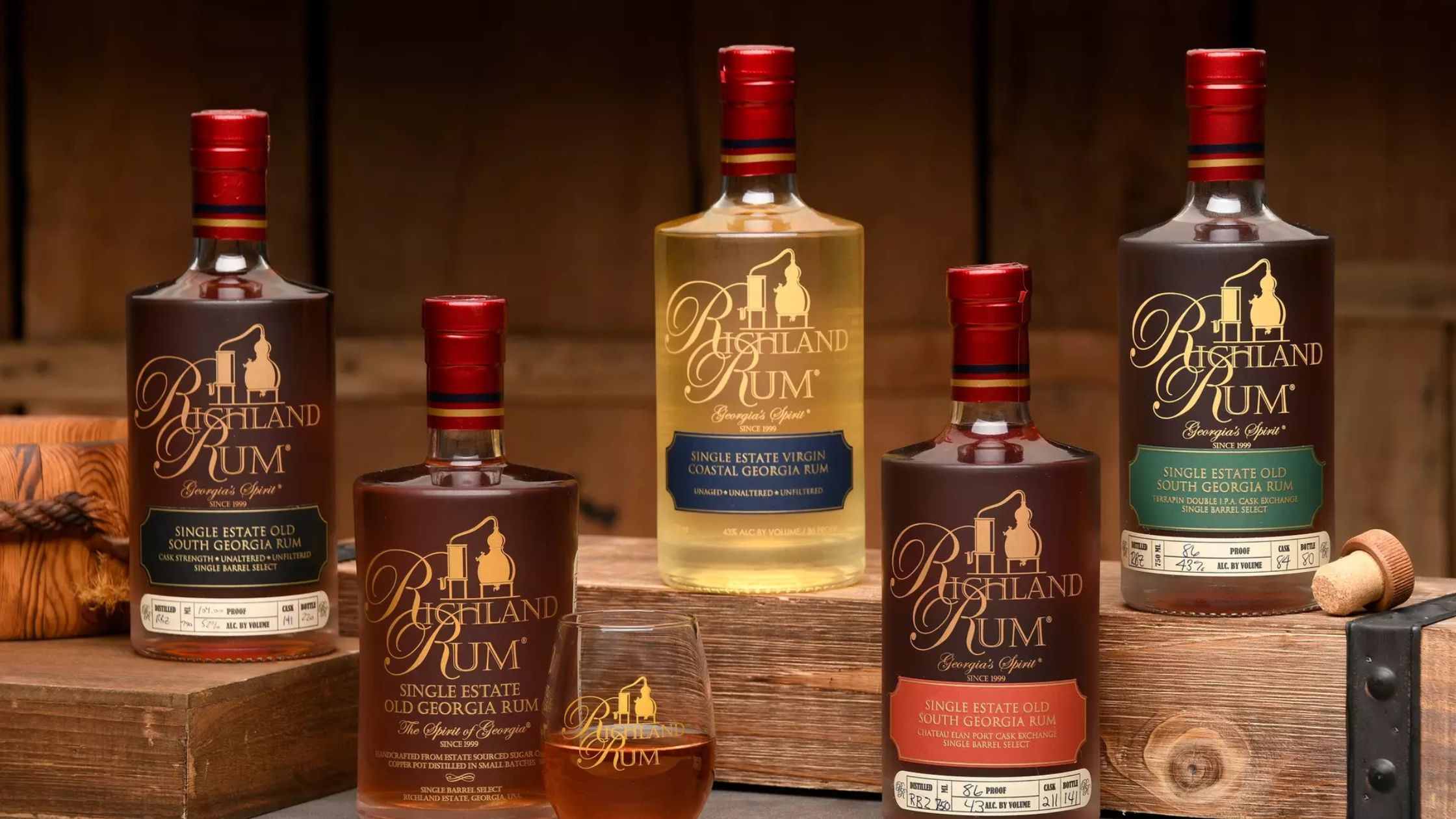
6. Rum: The Spirit of Sugarcane
Ingredients: Sugarcane juice or molasses
The first step in rum production is fermentation, in which yeast converts sugarcane juice or molasses into alcohol. The second step is distillation - this produces a spirit that can be light or overproof.
The rum is then aged in oak barrels, which adds color, body, and additional flavors like caramel, vanilla, and spice. Rum's versatility and popularity cannot be overlooked; it is consumed all over the world, from the light rums of Puerto Rico and sugar and spiced rums from Jamaica.
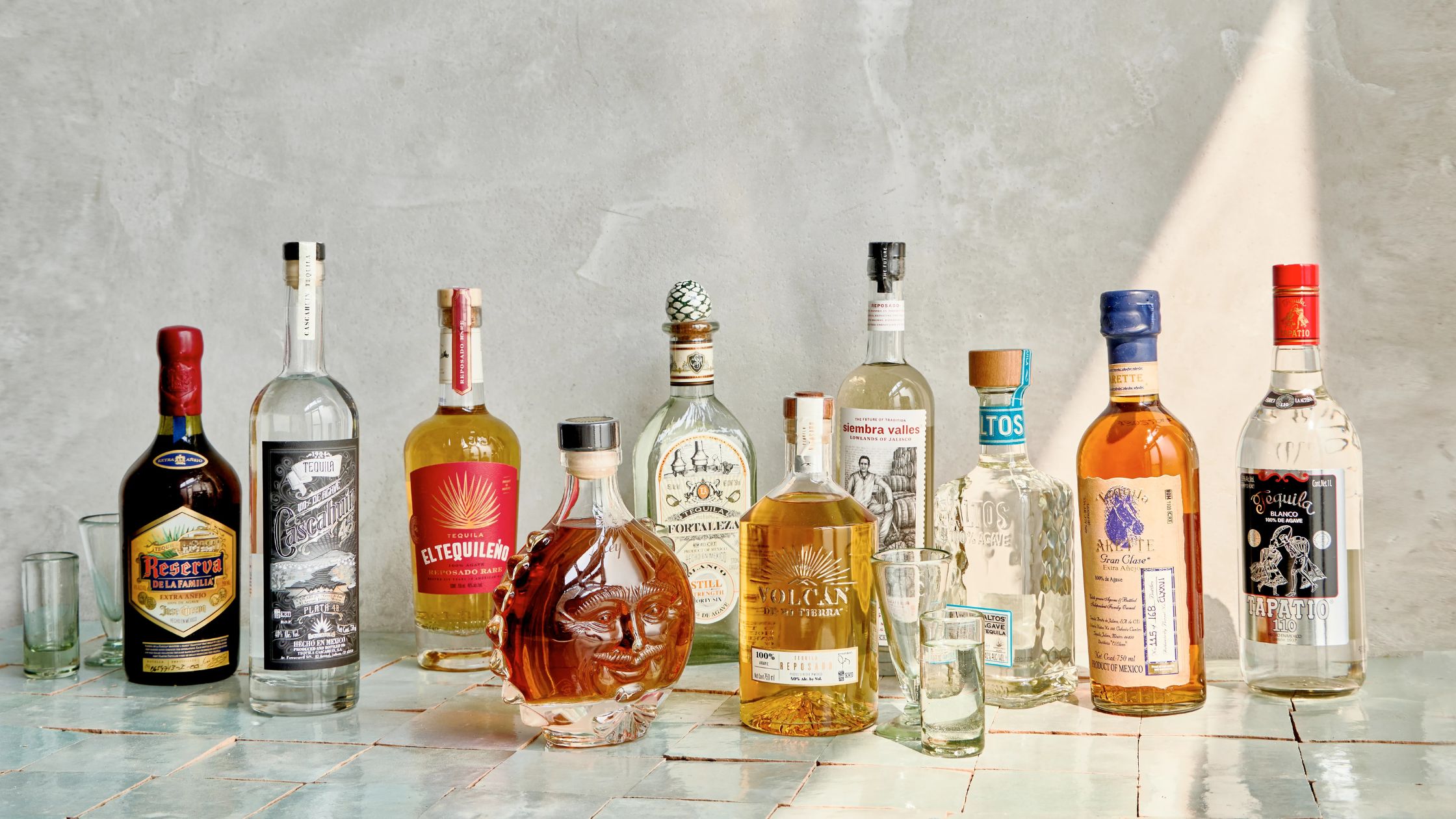
7. Tequila: The Soul of Agave
Ingredients: Blue agave
Tequila is a national spirit of Mexico, safeguarded by stringent laws of denomination of origin. It begins with the cooking of blue agave, which changes starches into fermentable sugars. Then, yeast is added, which ferments the sugar into alcohol, followed by a distillation process usually done twice in pot stills.
Aging is optional, it can turn into a Reposado or Añejo Tequila; which is aged for a minimum of two months up to one year and aged for a minimum of one year up to three years, respectively which all add complexity, color, and smoothness to the spirit. Blanco tequila is not aged and therefore keeps bright and herbal agave characteristics, free from the effects of aging.
Also Read: Vintage Brandy: What It Is, How It Differs from Regular Brandy, and Why It Matters
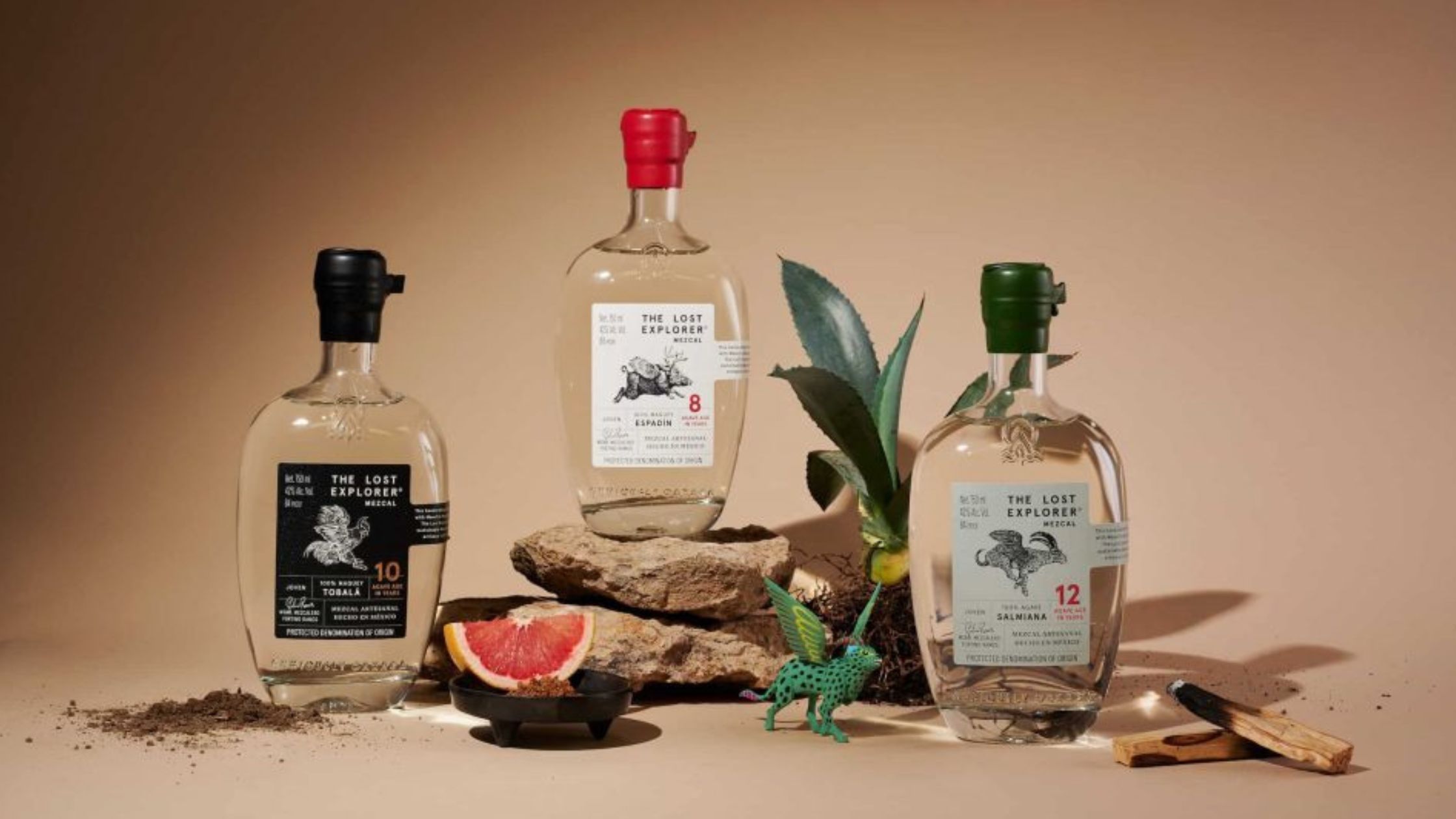
8. Mezcal: Smoky Agave Spirit
Ingredients: Various agave species
The main distinction between mezcal and tequila lies in their cooking method and types of agave used. Mezcal is traditionally made by cooking and roasting the agave hearts underground in pits, providing mezcal its unique smokiness.
The fermentation process often (though not exclusively) uses wild yeast and results in the characteristic artisanal quality, and distillation is done in smaller stills, using copper or clay, that enhance authenticity. Mezcal is a manifestation of craft and terroi. The spirit is described as smokey, earthy, floral, etc.
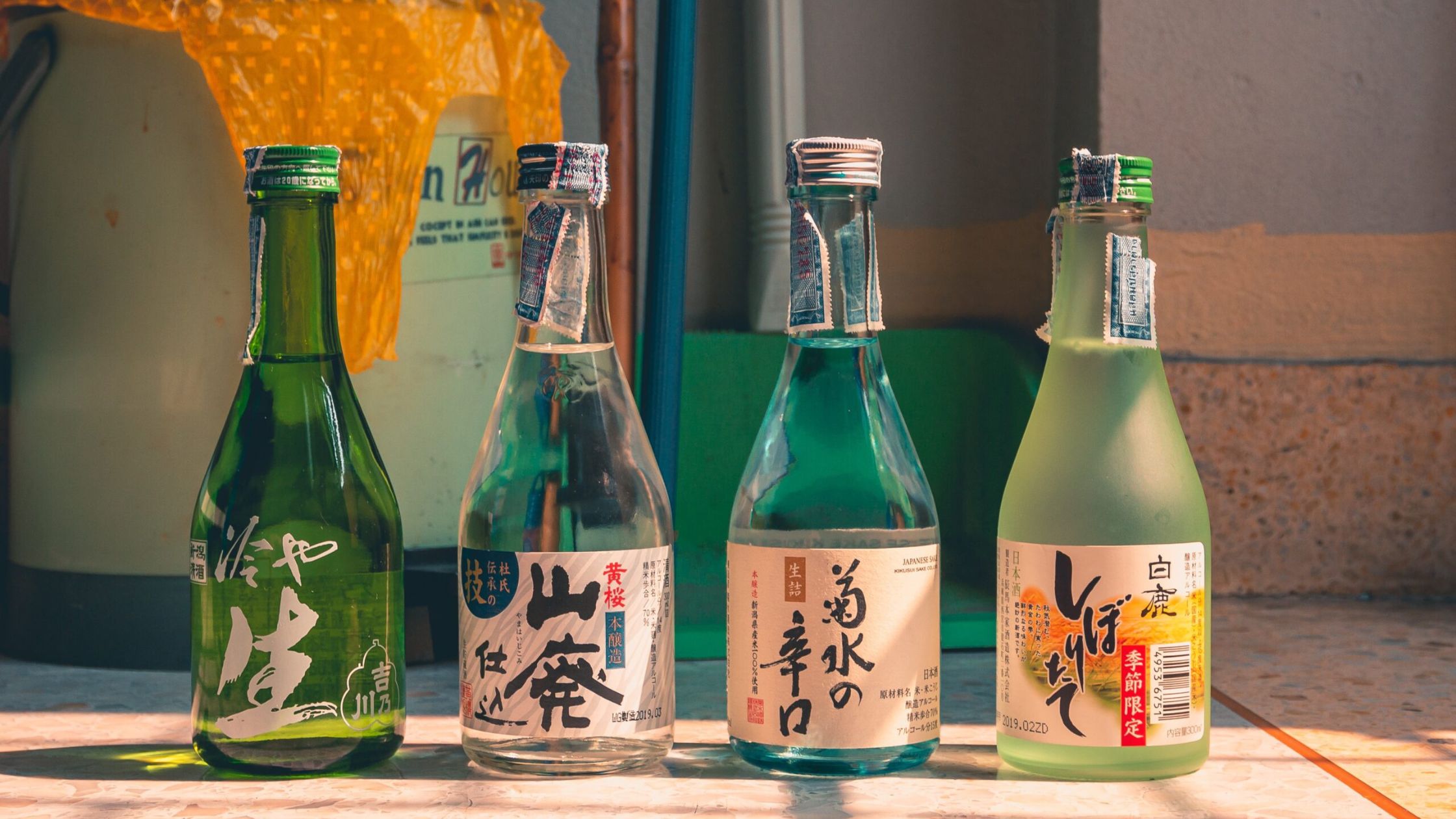
9. Sake: Japanese Rice Wine
Ingredients: Rice + Koji mold
Sake is a distinct fermented beverage made with multiple parallel fermentations. Koji mold simultaneously converts starches found in rice into sugars, which the yeast also simultaneously converts into alcohol.
The mixture is then filtered and pasteurized to produce a fluid that is light and refined. Depending on the sake type, Junmai through Daiginjo, the rice grain's polishing ratio affects the product's elegance, aroma, and complexity. Sake is appreciated warm and chilled, making it an adaptable option for different occasions.
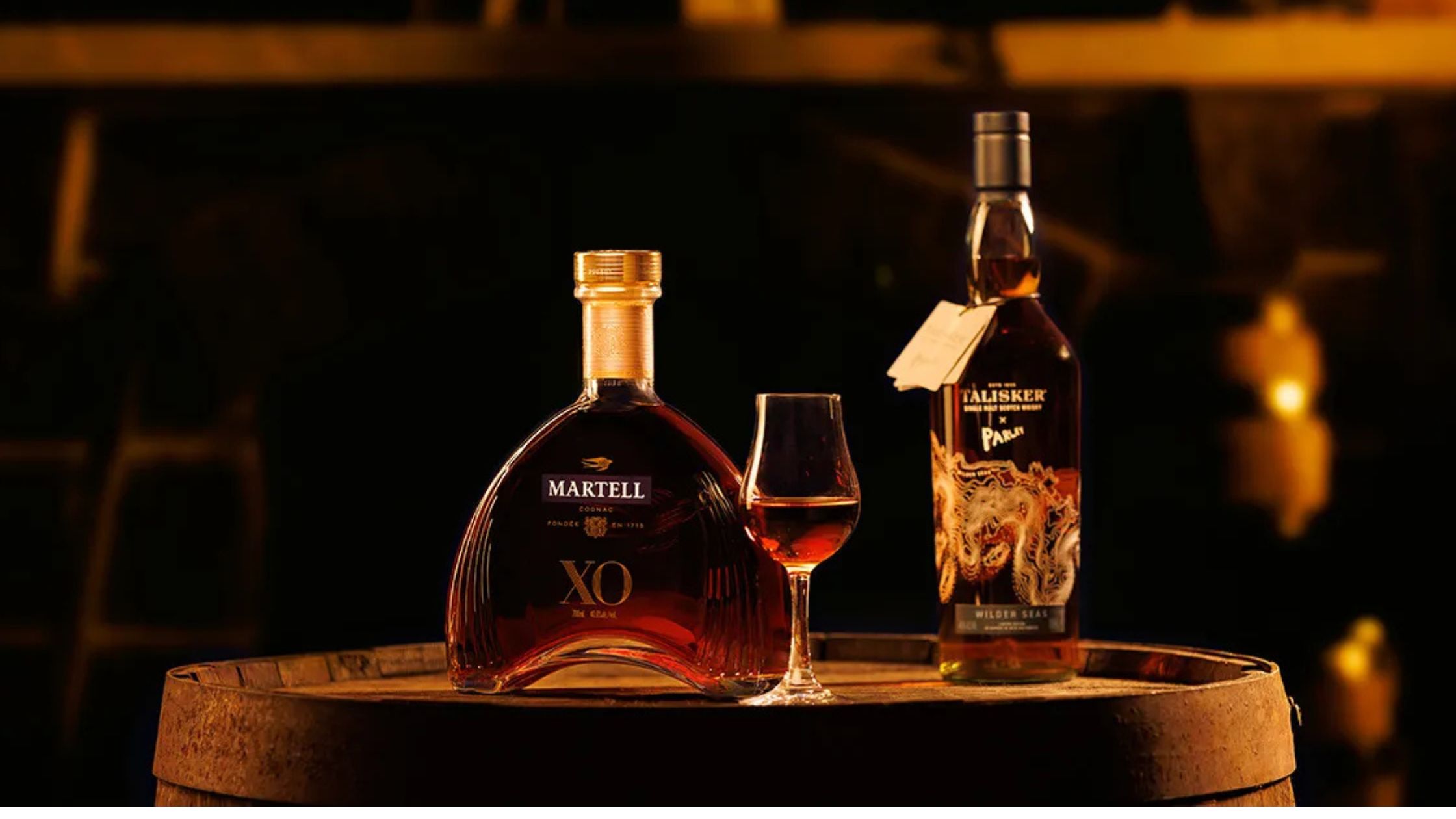
10. Cognac: Luxury Distilled Wine
Ingredients: Ugni Blanc grapes
Cognac-making is an artisanal process that is steeped in tradition. It converts grapes into wine by way of fermentation and adds depth to flavor and alcohol through the distillation process by using Charentais pot stills. Aging Cognac in oak barrels for months will enhance aroma, color, and elegance on the palate.
Cognac classifications, such as VS, VSOP, and XO, refer to a designation of aging time and serve as a guide for producers, distributors, and consumers in selecting an expression. Cognac is considered sophisticated and has become a leading brand for elegance around.
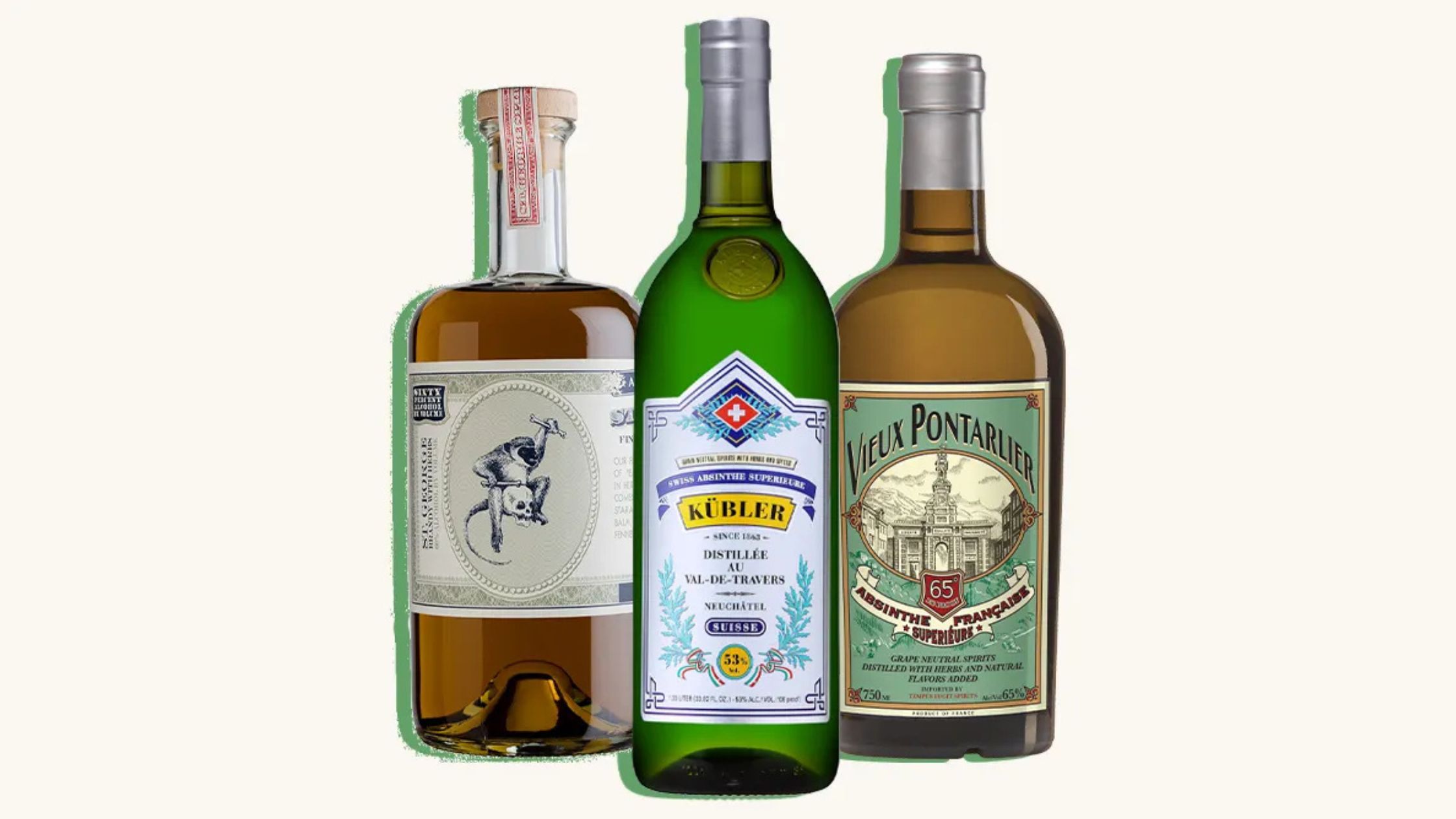
11. Absinthe: The Legendary Green Fairy
Ingredients: Neutral spirit + Wormwood, Anise, Fennel
Absinthe is well known for its herbal and aromatic character. The distillation process employs various botanicals, allowing flavor from wormwood, anise, and fennel to impart flavor to the neutral spirit. Certain styles are color infused with chlorophyll, creating a colorful green appearance.
Traditionally, absinthe is served diluted with water, creating the louche effect, where the drink becomes milky and releases additional aroma and flavor. Absinthe has a rich history in art, literature, and mystique, thus nicknaming it "The Green Fairy."
Conclusion
Every spirit, wine, or beer has a narrative—of ingredients, methods, and cultural legacy. From beer's rudimentary creation to vodka's complex distillation process or mezcal's handcrafted individuality, understanding the process allows for better appreciation.
Next time you drink from a glass, appreciate that each and every sip reflects skillful craftsmanship, tradition, and science. By mindfully exploring spirits and beverages, you enhance more than just flavor; you enhance the act of tasting, sipping, or drinking at all. Whether you are enjoying a wine from a sun-kissed vineyard, sipping mature cognac, or drinking smoky mezcal, the experience is enhanced by knowledge.
Also Read: The Tipperary Cocktail: How to Make a Smooth Irish Whiskey Classic with a Herbal Twist
